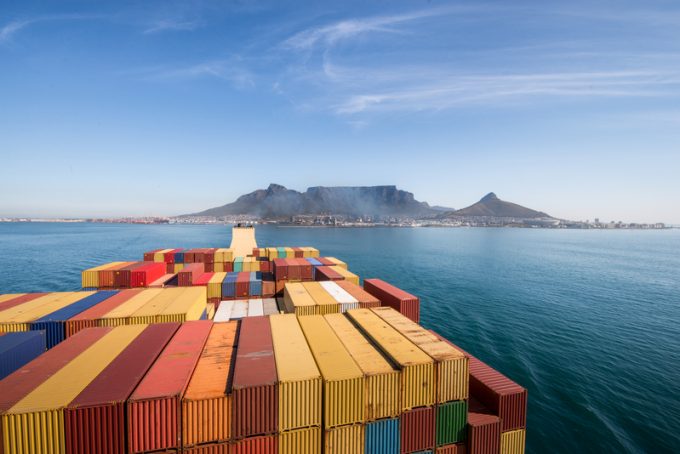Threat of rising oil price adds to frustration for crisis-hit supply chain chiefs
New warnings from the World Bank of surging oil prices, adding to the continuing instability ...

Asia-North Europe shippers have adapted their supply chains to the longer transit times around Africa, but now they need freight rates to settle at an acceptable level.
Moreover, container hub ports seem to be coping well with the arrival of off-schedule vessels.
All the major carriers are diverting their Asia-Europe services around the Cape of Good Hope, rather than transiting the Suez Canal, with several temporarily adjusting their proforma networks and providing helpful revised ETAs to customers. CMA CGM were the latest carrier to confirm it would no longer send its ships through the Red Sea and Suez Canal.
Between mid-December and mid-January, average container spot rates on the route skyrocketed, by some 200%, to about $5,000 per 40ft, with some shippers desperate to get their product shipped before next week’s Chinese New Year being asked to pay up to $10,000 per 40ft to guarantee equipment and shipment.
However, in the past few weeks, spot rates have started to ease: for example, the Ningbo Containerized Freight Index (NCFI) commentary reports “demand has declined” and that “carriers have slightly lowered freight rates”.
Indeed, Drewry’s WCI Asia=North Europe component fell another 6% last week, for an average of $4,661 per 40ft, although the spot rate remains around 170% higher than 12 months ago.
“Rates need to come down from these crazy levels, but I hope they settle at an acceptable level where the carriers still make a decent return,” a director of a UK-based NVOCC told The Loadstar last week.
“I think initially some of the lines tried to take advantage of the situation and were putting fear in the minds of shippers, suggesting they might not be able to guarantee equipment, and that there was a risk that containers could be rolled, but that is largely over now and we are talking sensibly again,” said the director.
Listen to this clip from the latest Loadstar Podcast about how shippers wants more transparent Cape surcharges
Meanwhile, container ports in North Europe appear, in general, to be coping well with the first rush of delayed ships, in contrast to the severe port and landside congestion that resulted from Ever Given blocking the Suez Canal in March 2021.
The big difference is that, three years ago, container terminals were already working at well above optimum utilisation levels as a consequence of the high Covid consumer demand levels, but for some time the hub ports have been operating at underutilised levels.
For instance, Hapag-Lloyd’s most recent European terminal operations update reported “good operational levels” at all its North European hubs.
Nevertheless, a feeder operator contact told The Loadstar that there were some issues in Rotterdam for export loads.
“Exporters from Europe still produce on their weekly cycles and now all vessels circumnavigating the Cape of Good Hope are starting to arrive in Rotterdam – full ships discharge into full stacks, and the result is chaos,” said the contact.
But some other ports in the Le Havre-Hamburg range are far from this busy, with reports of utilisation levels falling below 20%.
“So far our AIS data shows waiting times remain low and, while the diversions are in place, we don’t expect this to become a major issue,” said Drewry’s senior analyst for ports and terminals, Eirik Hooper.
“As and when the Suez routing is reintroduced there is a risk of short-term disruption from a cluster of ship arrivals,” he added.
Comment on this article